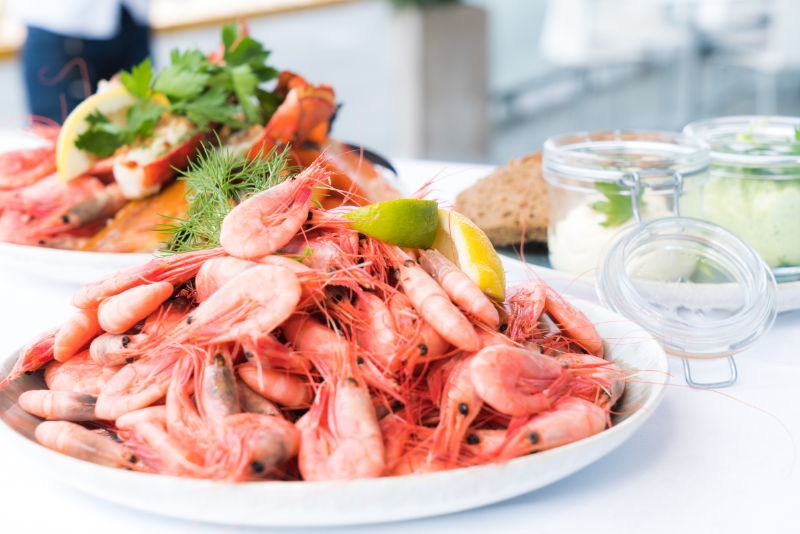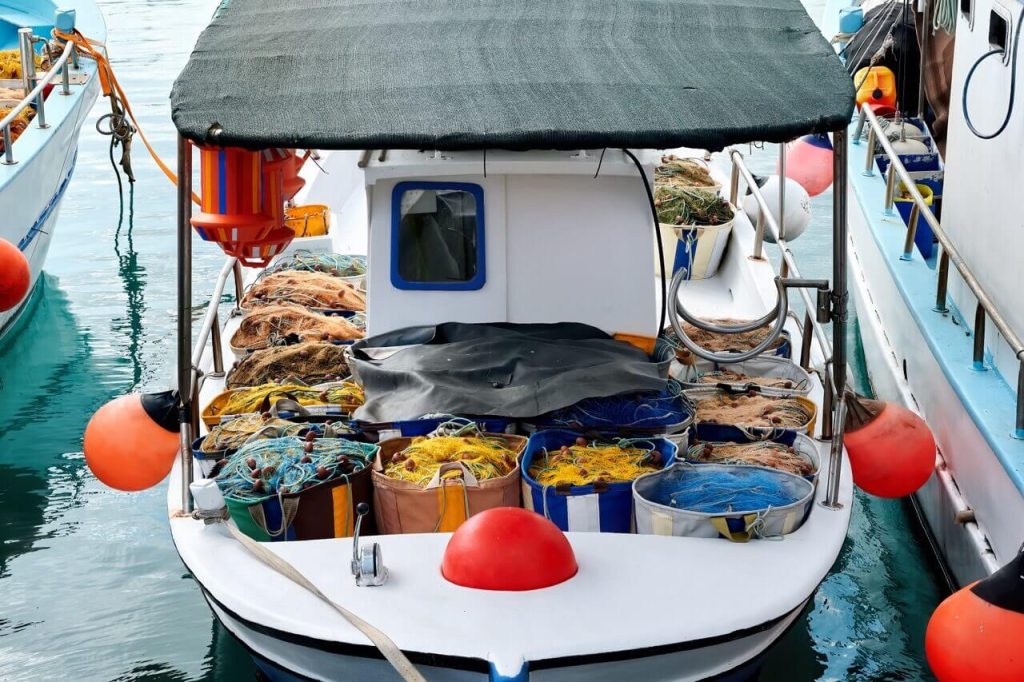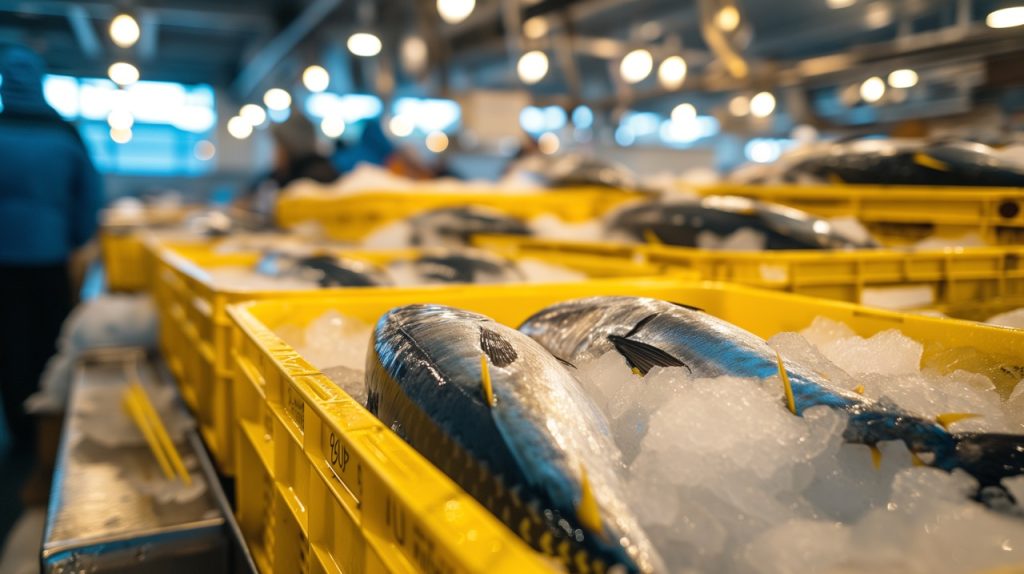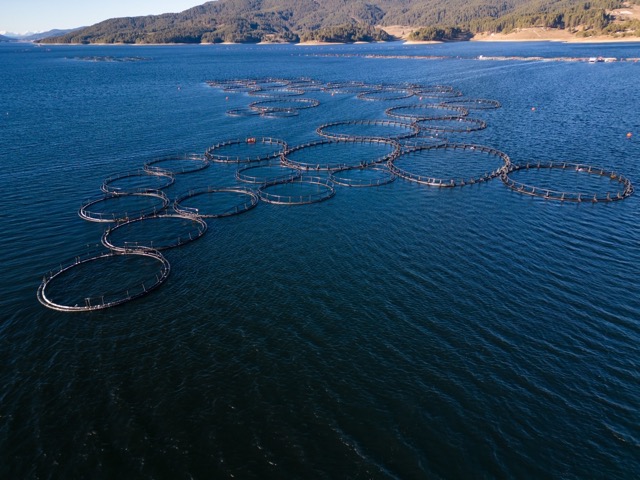Seafood consumption in the US varies depending on a variety of factors, including cultural traditions, regional availability, and personal preferences. However, in general, seafood is a popular food choice for many Americans. It is consumed in a variety of forms, such as fish, shellfish, and crustaceans. Learn about 5 key statistics below.
Seafood consumption: the US consumer market
Americans per capita consumption of seafood (by pounds)
According to data from the World Animal Foundation, in 2023 the average American consumption of fresh and frozen products was 16.6 pounds per person. Meanwhile, fresh and frozen shellfish consumption accounted for a total of 6.3 pounds per capita.
US seafood market worth
Americans spend an average of $102 billion each year on seafood. According to a study, it was found that 35% of the money was spent on seafood at home and 65% at restaurants or away from home sources.
A great business opportunity to sell high quality seafood through B2C and B2B channels.
Sustainable concerns
The American consumer is sustainably oriented on its purchasing decisions. According to a Blue Circle Foods report, a total of 57% of shoppers stated their preference to purchase fish and seafood with sustainable labels. Therefore, information about the product traceability, origin and sustainability is relevant for American consumers. This data on the label can guarantee the freshness, quality and sustainability of the product.
New government regulations
The US government has implemented a variety of regulations and programs aimed at promoting sustainable fishing practices and protecting the health of US fisheries. These efforts include the Magnuson-Stevens Fishery Conservation and Management Act, which establishes regulations for managing US fisheries, and the National Marine Fisheries Service, which is responsible for enforcing these regulations and promoting sustainable fishing practices.
Aquaculture seafood consumption is increasing
According to a report by NOAA Fisheries, high-value seafood products coming from aquaculture has contributed to 24% of the value of domestic seafood products. This is a positive highlight as sustainable aquaculture practices serve as an important supporter of commercial and recreational fisheries. It contributes to the repopulation of sea species, helping wild fishing to be more equilibrated and reducing the environmental impact.
At Krustagroup we have 20 years of expertise in the seafood industry. We offer quality products through wild fishing. Seafood products that are recognized by international certifications and labels to ensure food safety and sustainability in our processes. Do not hesitate to contact us to help you choose the best shrimp for your business.





